Description
Dr. Taha Hussein Hadeel discusses the role of Physicians of Yemen in developing the Medical Sciences from the seventh century to the tenth century of Hegira. He also touches on their studies and writings that contributed to developing this field of applied sciences and on the role of Yemeni Rulers in encouraging them. Dr. Mohamed El Shorbagy discusses the history of the family of Ibn al-Ja’yan; one of the most significant families that played a major role in the history of Egypt during the Mamluk period, where he analyzes its role in conducting the affairs of the state administration, especially the Department of Army (dīwān al-jaish). Dr. Mubarak Abu Assab deals with the artistic foundations in the documents and correspondence of Sultans of Morocco. In so doing, he analyzes the use of calligraphy, gilding, adornment and calligraphic monogram: seals and signatures of sultans as artistic elements. Dr. Mahmoud Khalaf introduces the travels of the Transoxanian scholars; Hanafis, Malikis, Shafi’is and Hanbalis, who travelled to Egypt. He introduces their most significant sheiks and students; some of their sayings, important writings and efforts in promoting scientific and cultural trips to Egypt. Professor Muhsin al-Musawi introduces in his research paper the concepts of Islamic History, Modern History and theories of narratives. Dr. Penelope Tuson reviews historical sources about women of the Gulf and Arabia preserved in the British Archival Documents and Collections which is considered a main source for the history of the Gulf. Dr. Jan P. Hogendijk examines the history of Mathematics and Astronomy in the Islamic ages until the Seventeenth century AD, where he reviews three instruments that show the direction of the Ka’bah in Mecca.

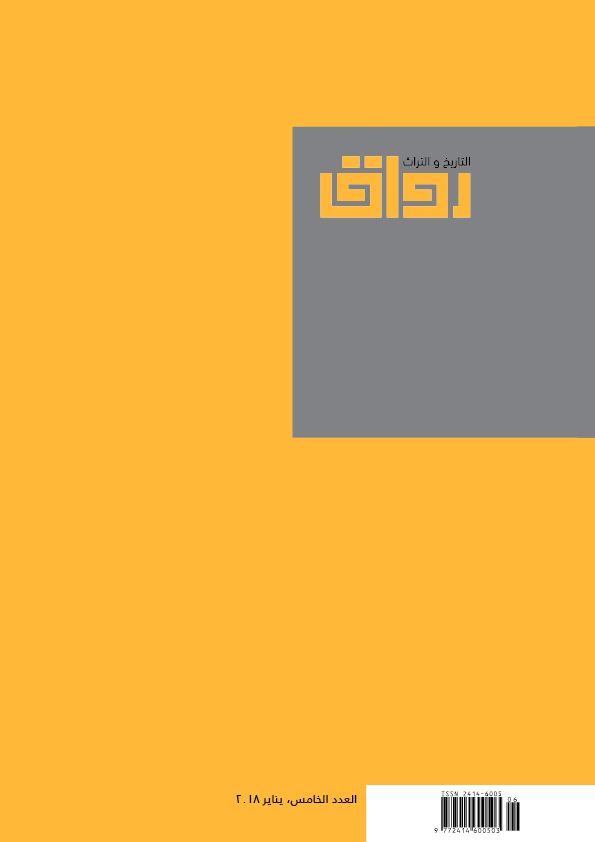
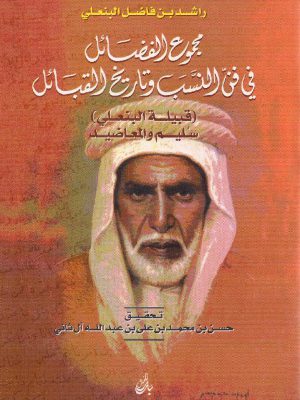
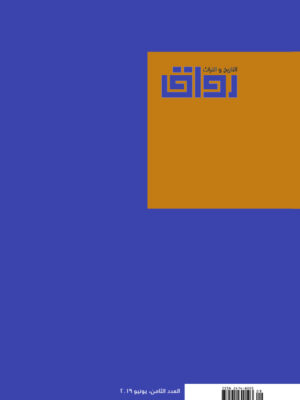
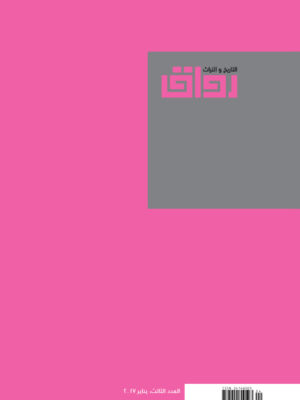
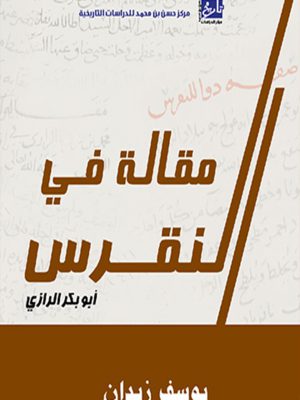
Reviews
There are no reviews yet.